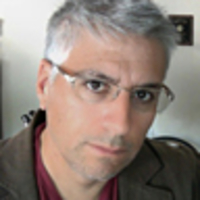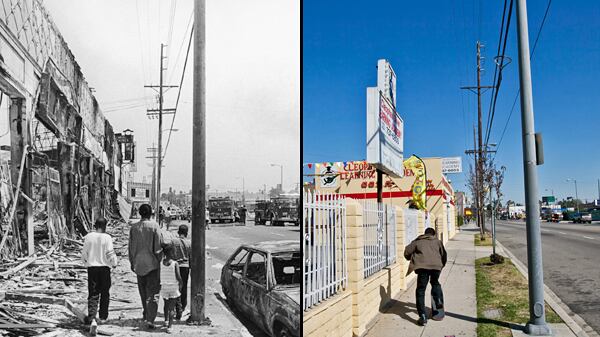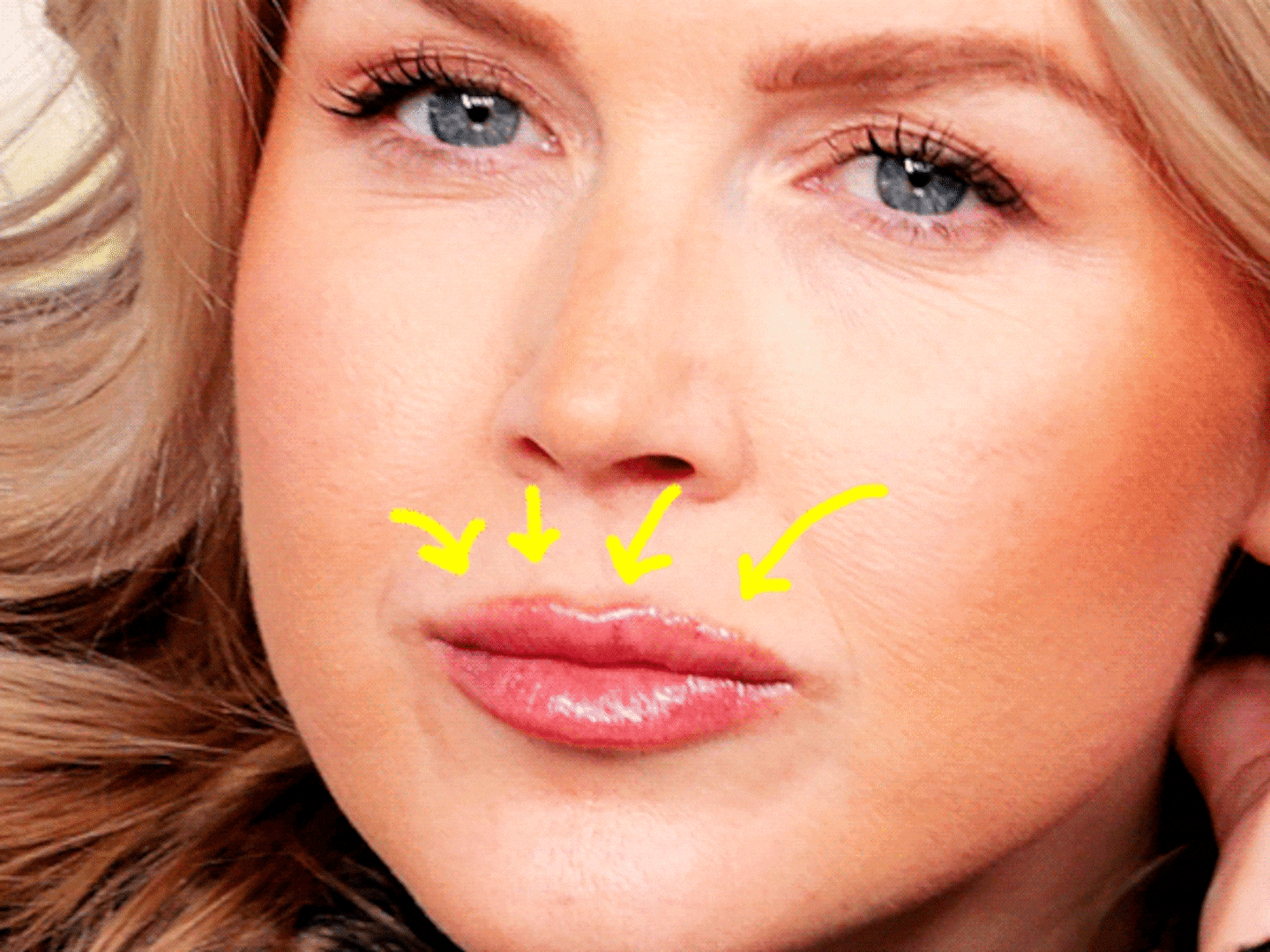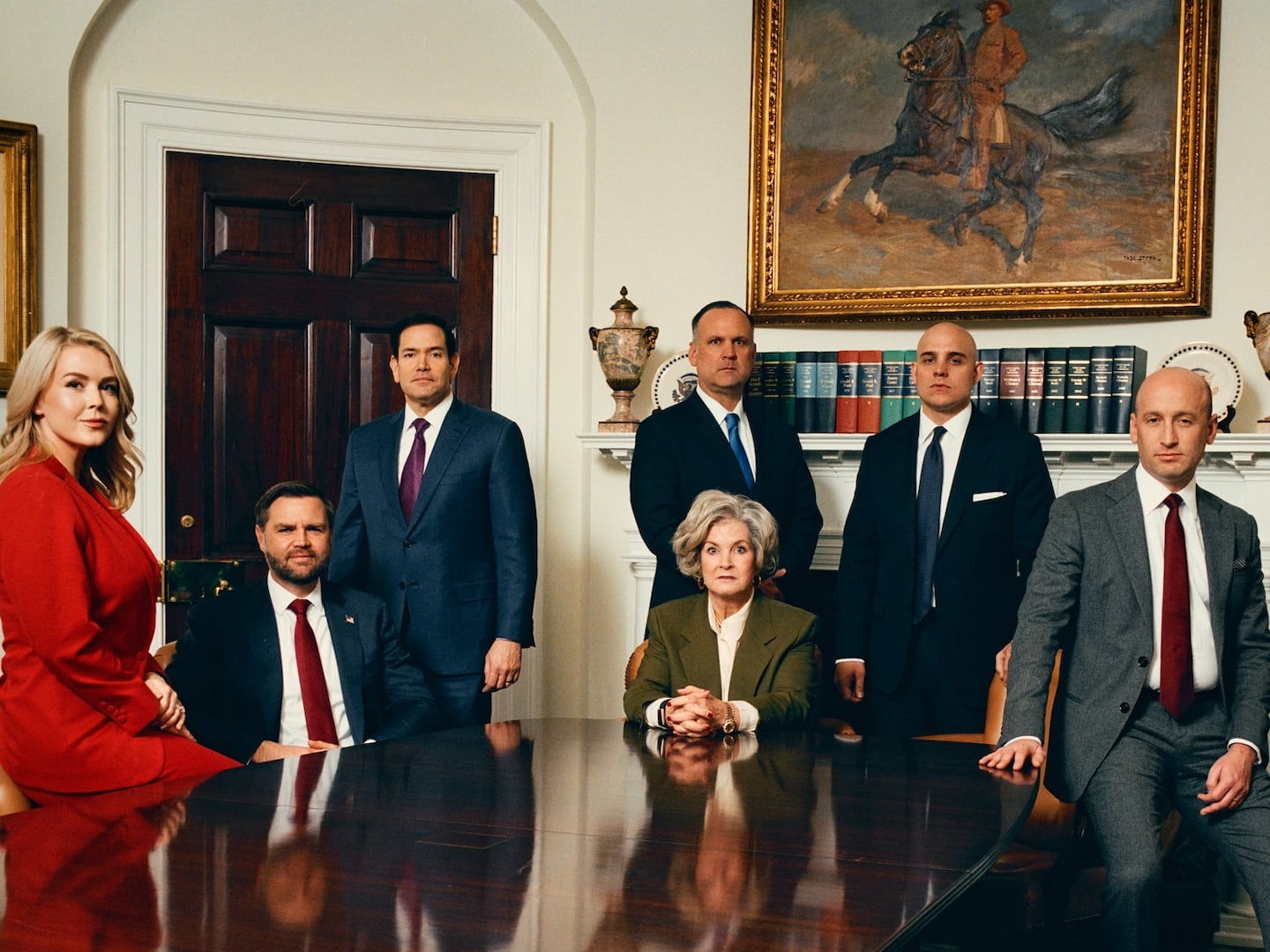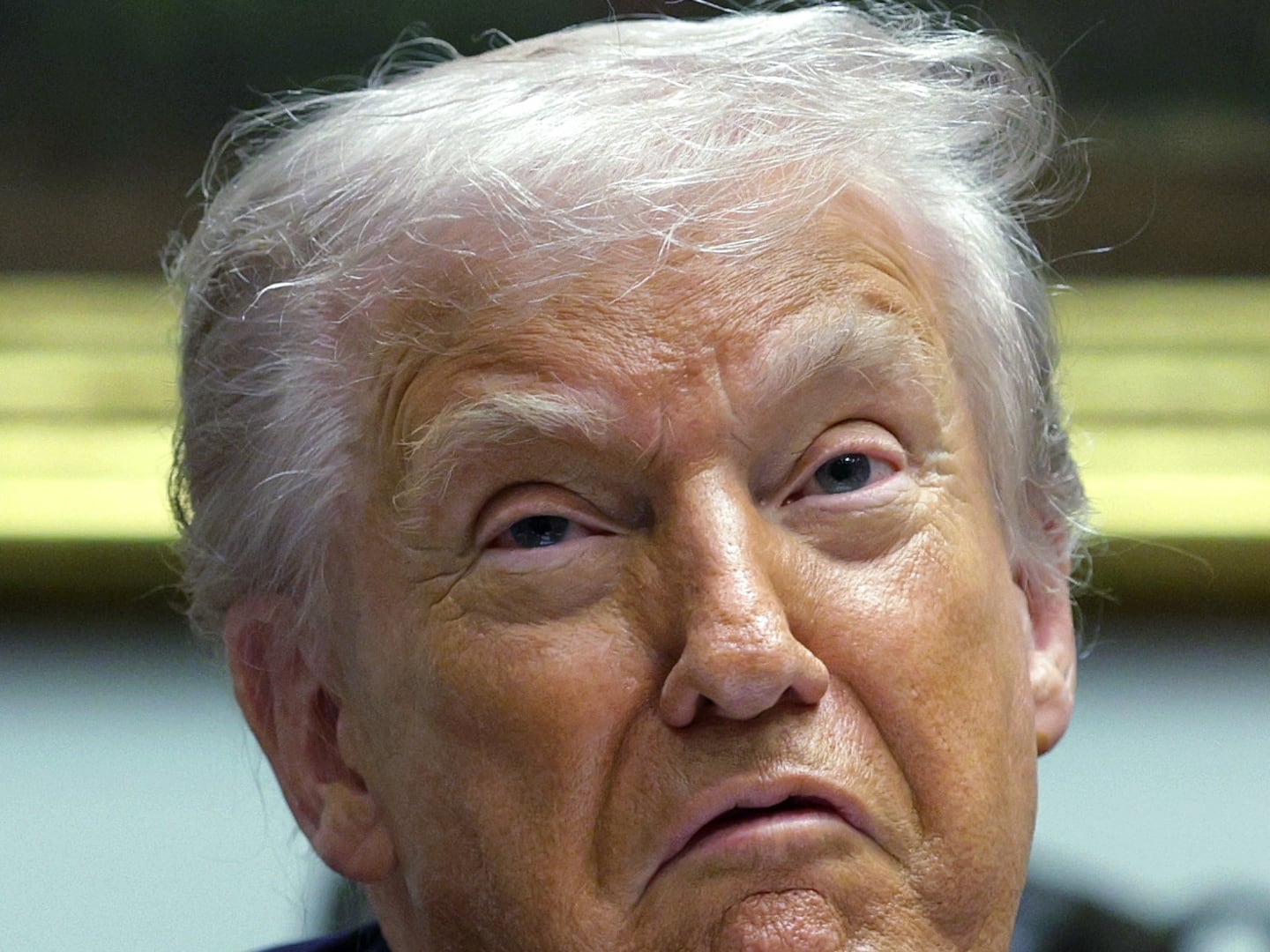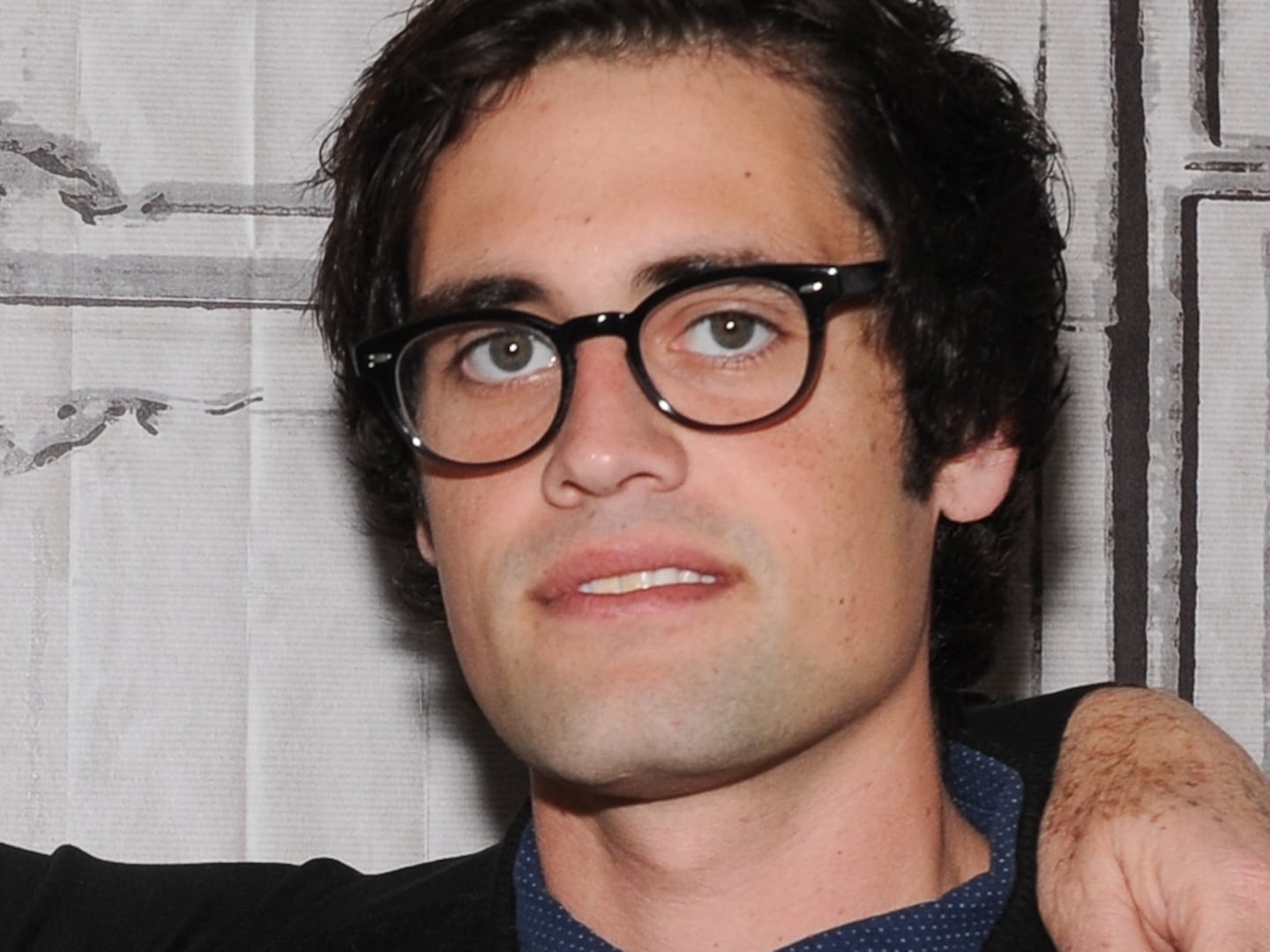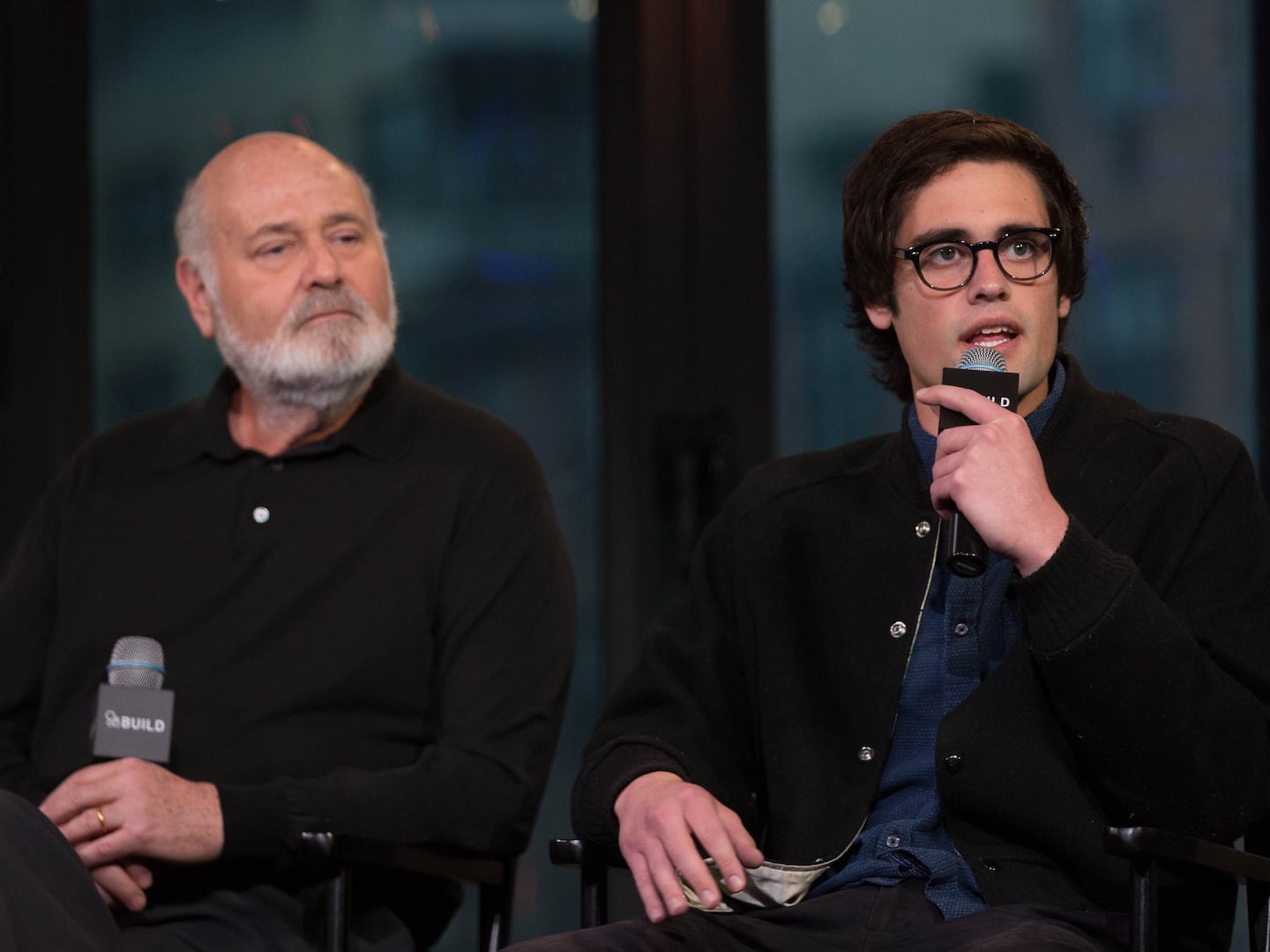The verdict came in. “Not guilty” on all counts.
Almost immediately, there were reports of bottle-throwing at the corner of Florence and Normadie in South Central coming in on the AM news radio. My first thought was not to go there.
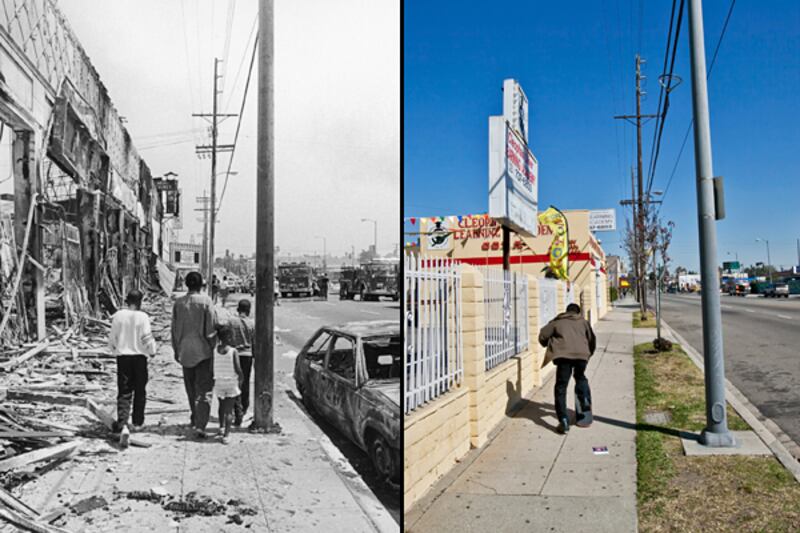
I drove downtown to LAPD headquarters, Parker Center, and parked next to a cruiser. A large and unruly crowd had gathered outside the building and began to challenge the line of officers guarding it. They turned over a parking kiosk and set it on fire.
Things were turning bad quickly. I decided to leave, but parking next to a LAPD cruiser turned out to be a really bad idea. The crowd began to destroy and overturn the cruiser. They set on fire. My car was next, and they began to rock it side to side. I asked them to stop—wasn’t going to happen. Suddenly the ammo inside the cruiser started to pop off, fueled by the fire. The crowd scattered and they left my car alone.
I got in and drove to PIX, a 24 hour camera shop, to get some more film.
Inside the camera store, the manager yelled out, “We are now closed!” Someone had just driven by and fired several rounds at the store. I had just bought the last film in L.A. Several camera stores throughout LA were looted and set on fire, all of the labs shut down. I would have to shoot in black and white and process the film in my garage. My garage wasn’t light tight, so I could only print and process until early dawn.
The next week would be spent shooting all day, talking people out of pointing their guns at me, talking them out of robbing or beating me up, and racing home to process and print all night. Exhaustion won and took over by the fifth day.
For five days, I would be on assignment for LA Weekly. I drove either with my good friend and photographer Doug Burrows, or with LA Weekly reporter Ruben Martinez. We would drive around the city silently, following the many giant columns of black smoke. I knew the riots had become a huge story when I ran into a war photographer flanked by two armed bodyguards. He wanted to know where the action was. I mumbled something sarcastic, and he left unsatisfied.
Stories and rumors of photographers getting robbed and beaten made their way to me. The press pass and camera bag were put away. Instead I used an old mechanical Nikon F camera—sometimes hidden inside a brown paper bag with a hole cut for the lens, which I would cover with my hand. The viewfinder could be popped off so I could hold it low and compose a photo at waist level if the situation got bad. I ended up shooting pictures of my fingers mostly, but did manage to get a couple of good images with that technique.
My 20-year retrospective project actually started on the first anniversary of the rioting. Then I did a five-year, followed by a 10-year follow up. The 20-year project was the difficult to complete due to remembering where the original photos were taken—most were taken quickly and on the fly. I wanted 10 original scenes to be re-photographed as close to original or in the same theme as possible, for a total of 20 images, one for every year.
At one point while shooting a Koreatown mini-mall that had been destroyed by looting and rioting—now rebuilt—a young Korean-American boy asked me why I was taking so many pictures. I showed him the original image and explained what happened there 20 years ago. He asked why the mall was targeted. I told him that black and Korean relations were really bad back then. He looked at me sadly and said he couldn’t imagine that now. He told me his best friend is black.
I live right up the street from one of the scenes in the 20-year project in the Mid-City area of L.A. It’s a neighborhood still in transition, still trying to figure out its identity in light of that April day. I have photographed several protests and mini-riots since, but none that have reached me as deeply.
